Urban living has its perks, but it can also present unique challenges for dog owners. Navigating crowded streets and public transit with a furry companion requires a certain level of etiquette to ensure the safety and comfort of both the dog and those around them. In this article, we will explore some tips and tricks for practicing good urban dog etiquette.
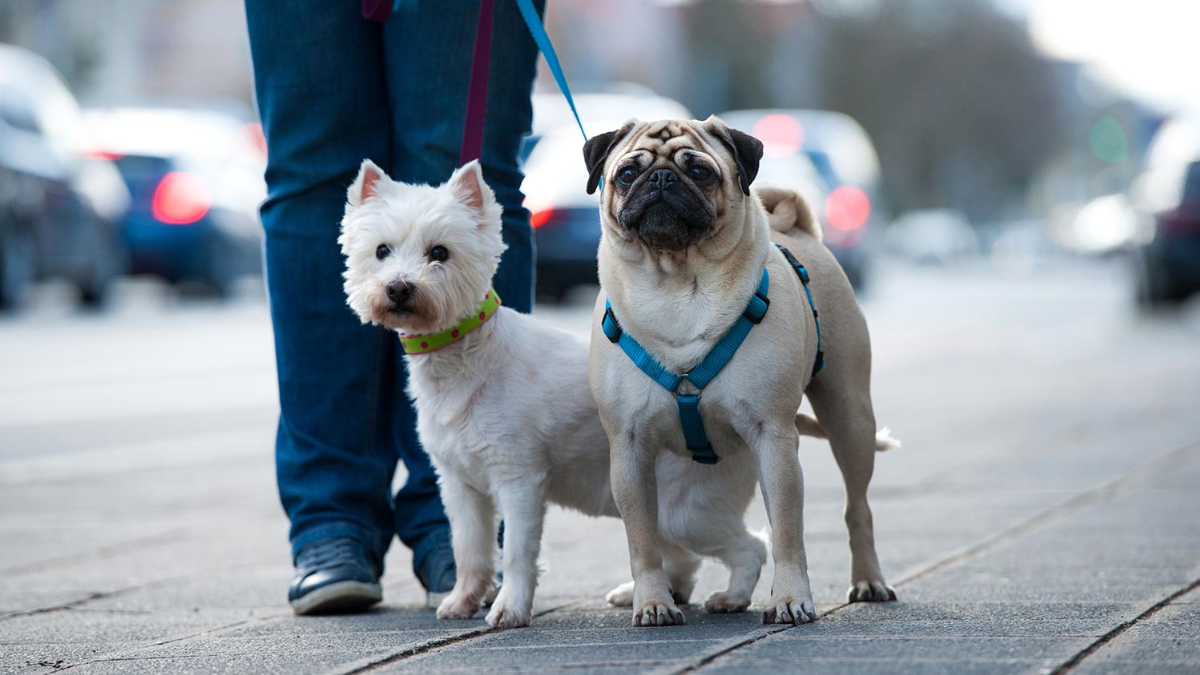
One of the most important aspects of urban dog etiquette is ensuring that your dog is well-behaved and under control at all times. This means keeping your dog leashed and close to you, and training them to respond to basic commands such as "sit" and "stay." It's also important to be aware of your dog's body language and to remove them from any situation where they may become aggressive or overly excited.
Another key aspect of urban dog etiquette is being considerate of others around you. This includes picking up after your dog and disposing of waste properly, as well as avoiding areas where dogs are not allowed. Additionally, it's important to be mindful of how your dog may be affecting those around you, such as by barking excessively or jumping on people. By practicing good urban dog etiquette, you can help ensure that both you and your furry friend are welcome members of your community.
Understanding Urban Dog Etiquette
The Importance of Etiquette in Urban Environments
Living in a city with a dog can be a wonderful experience, but it also comes with its challenges. Urban environments are often crowded and noisy, which can be overwhelming for dogs. It's important for dog owners to be aware of their surroundings and to practice good etiquette to ensure a positive experience for everyone.
One of the most important aspects of urban dog etiquette is keeping your dog under control at all times. This means keeping your dog on a leash and making sure they are well-trained and responsive to your commands. It's also important to be aware of your dog's behavior and body language, as this can help you anticipate and prevent any potential issues.

Another key aspect of urban dog etiquette is being respectful of others. This means picking up after your dog and disposing of waste properly, as well as being mindful of other people's space and comfort. It's also important to be aware of any rules or regulations in your city regarding dogs, such as leash laws or designated dog areas.
Common Challenges for Dogs in Cities
Dogs face several challenges in urban environments, from noise and pollution to unfamiliar sights and smells. One of the biggest challenges is navigating crowded streets and public transit. It's important to make sure your dog is comfortable and safe in these environments and to be aware of any rules or regulations regarding pets on public transportation.
Another challenge for dogs in cities is finding appropriate exercise and socialization opportunities. Dog parks and other designated areas can be a great way for dogs to burn off energy and interact with other dogs, but it's important to be aware of any rules or restrictions in these areas.
Overall, understanding urban dog etiquette is essential for a positive experience for both dogs and their owners. By practicing good etiquette and being mindful of others, dog owners can help create a more welcoming and enjoyable environment for everyone in the city.
Preparation Before Heading Out
Training for Urban Readiness
Before taking a dog out into the city, it is important to ensure that they are well-trained and able to handle the hustle and bustle of crowded streets and public transit. Dogs should be trained to walk on a loose leash, respond to basic commands, and remain calm in noisy or busy environments.
One effective way to train dogs for urban readiness is to gradually expose them to different sights, sounds and smells in a controlled environment. This can be done through positive reinforcement training, where dogs are rewarded for exhibiting calm and confident behavior in new or challenging situations.
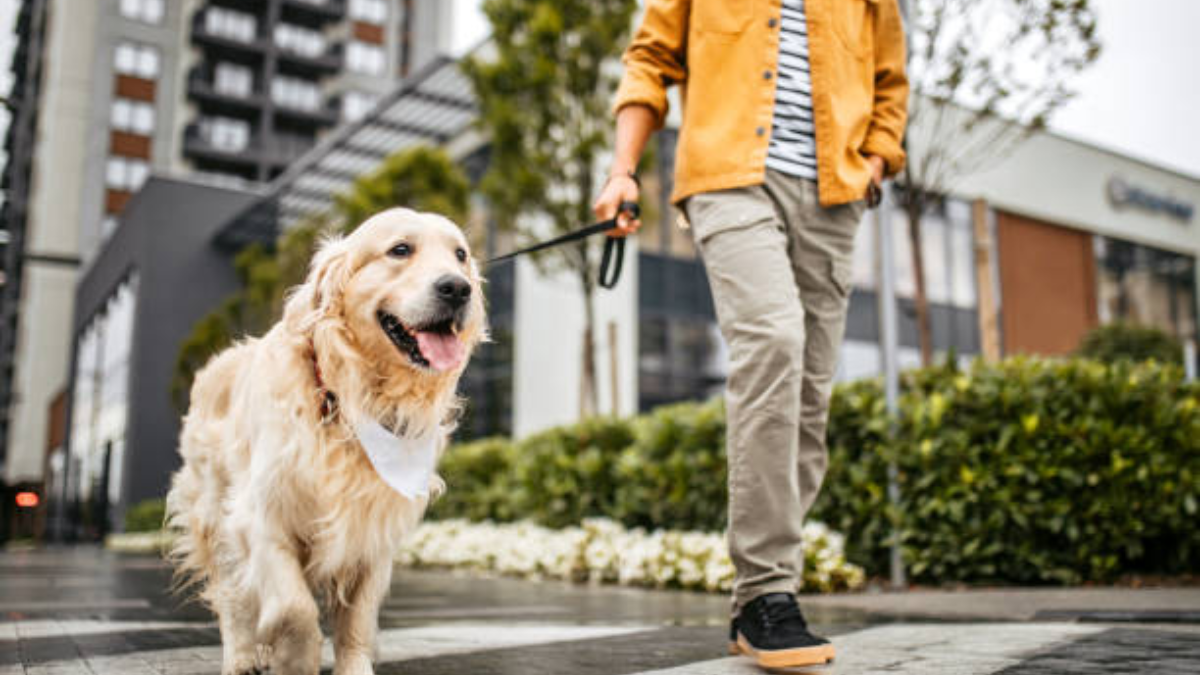
Essential Supplies for City Outings
In addition to training, it is important to bring along the right supplies when taking a dog out into the city. Some essential items to consider include:
- Leash and collar or harness: A sturdy leash and secure collar or harness are essential for keeping dogs safe and under control in crowded areas.
- Waste bags: It is important to clean up after pets when they go to the bathroom in public areas. Always bring along a supply of waste bags to dispose of waste properly.
- Water and bowl: Dogs can become dehydrated quickly, especially in hot or busy environments. Bring along a portable water bottle and collapsible bowl to ensure that dogs stay hydrated throughout the day.
- Treats and toys: Bringing along a supply of treats and toys can help keep dogs calm and entertained during long outings. Treats can also be used as a reward for good behavior.
By preparing ahead of time and bringing along the right supplies, owners can help ensure that their dogs are safe, comfortable, and well-behaved when navigating crowded city streets and public transit.
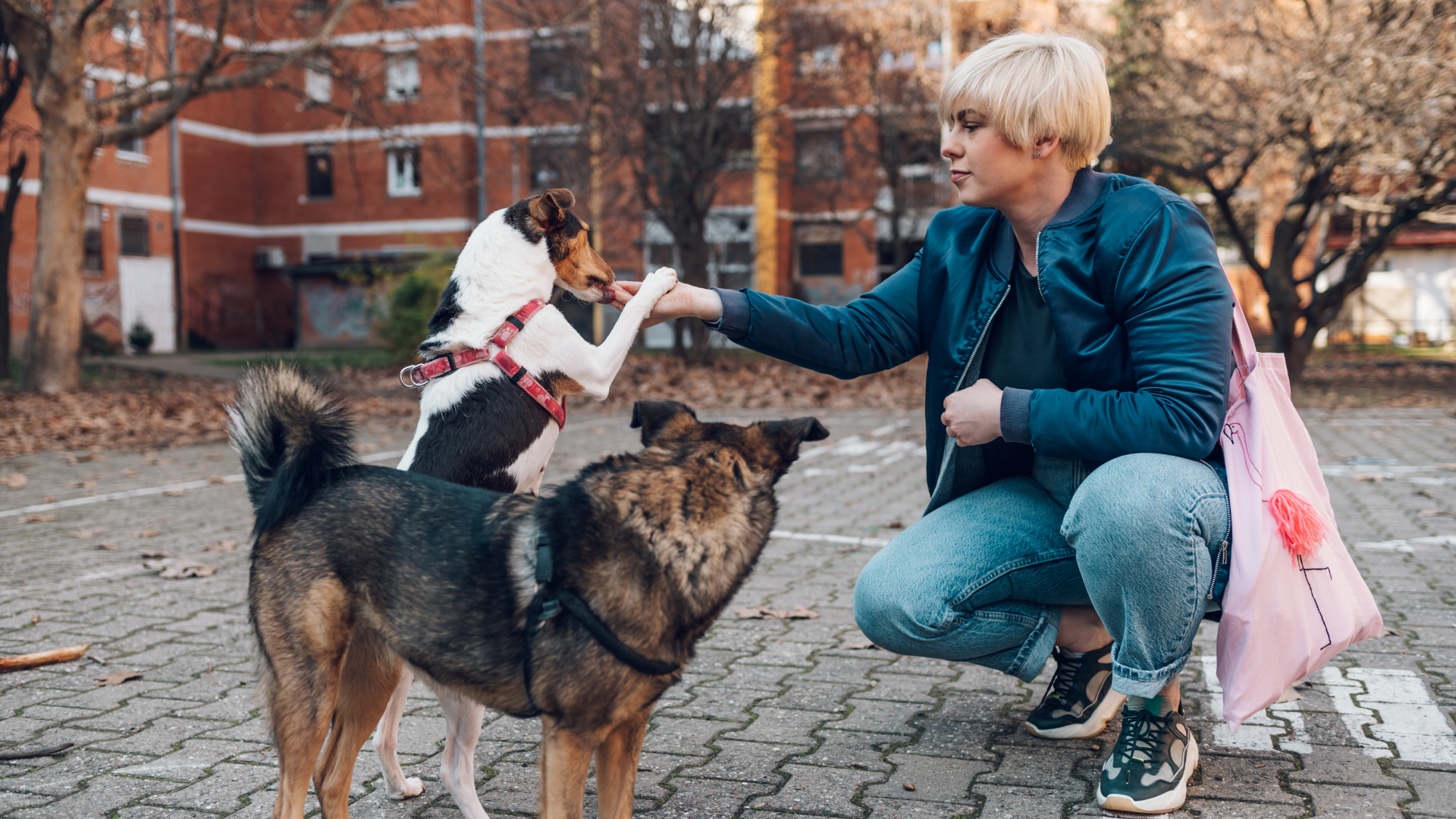
Navigating Crowded Streets
When walking a dog in urban areas, it is important to know how to navigate crowded streets. Here are some tips to help you and your furry friend stay safe and courteous:
Leash Manners and Control
Keeping your dog on a leash is essential for their safety and the safety of others. Make sure your leash is sturdy and not too long, so you can maintain control of your dog. Avoid retractable leashes as they can be dangerous in crowded areas.
Teach your dog to walk on a loose leash and avoid pulling. If your dog tends to pull, consider using a front-clip harness or a head halter to help control their movements.
Interactions with Strangers and Other Dogs
When encountering strangers or other dogs on the street, it is important to be respectful and cautious. Always ask permission before allowing your dog to approach another person or dog. Not all dogs are friendly, and some may be fearful or aggressive.
If your dog is reactive or anxious around other dogs, consider using a muzzle or avoiding crowded areas altogether. Remember to keep your dog close to you and under control at all times.
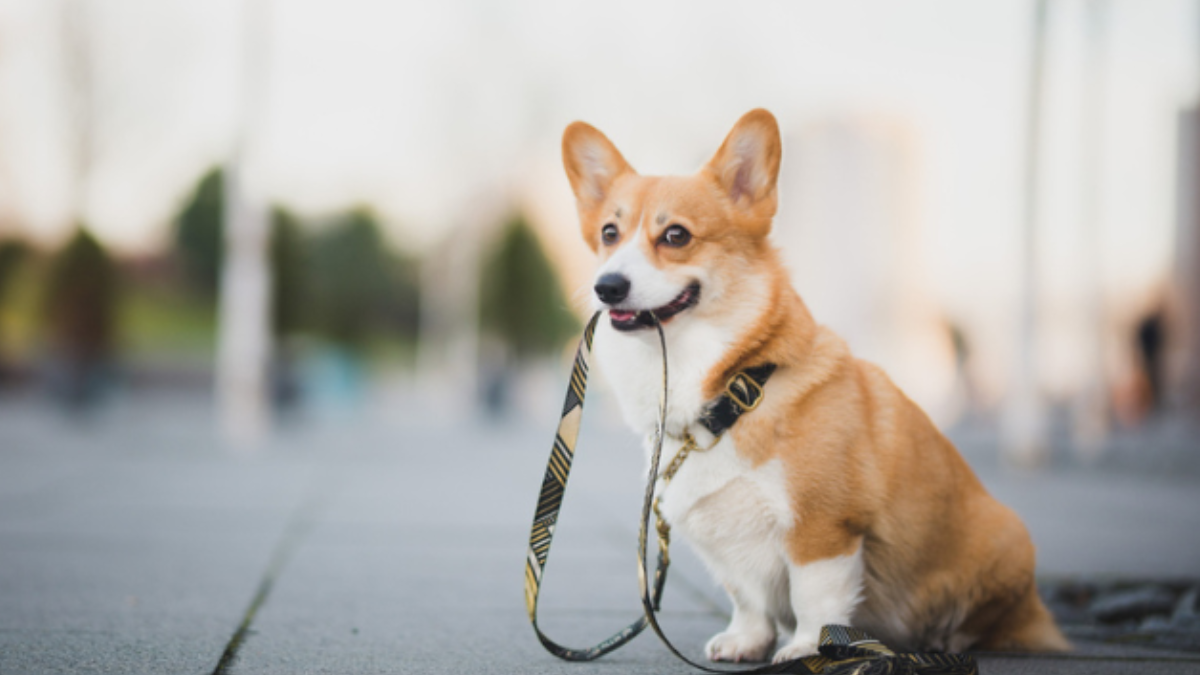
Dealing with Distractions and Noises
Urban environments can be noisy and distracting for dogs. It is important to help your dog stay calm and focused during walks. Consider using treats or toys to redirect their attention and reward good behavior.
If your dog is easily frightened by loud noises, consider using earplugs or a calming vest to help them feel more secure. Avoid walking near construction sites or other noisy areas if possible.
By following these tips, you can help your dog navigate crowded streets with confidence and ease. Remember to always be courteous and respectful of others, and to prioritize your dog's safety at all times.
Public Transit Etiquette
Understanding Transit Policies for Dogs
Before boarding public transit with a dog, it is important to understand the policies and regulations of the transit system. Many transit systems have specific rules regarding the size and breed of dogs that are allowed on board, as well as requirements for leashes and muzzles. It is important to research these policies ahead of time to avoid any issues or conflicts.
Boarding and Riding with Your Dog
When boarding public transit with a dog, it is important to be aware of other passengers and their comfort levels. It is recommended to wait for an empty or less crowded train or bus to board and to always keep the dog on a leash and under control. If the dog is small enough, it can be held on the owner's lap or in a carrier to avoid taking up too much space.
During the ride, it is important to keep the dog calm and quiet to avoid disturbing other passengers. If the dog becomes agitated or starts barking, it is recommended to exit at the next stop and wait for a less crowded ride.
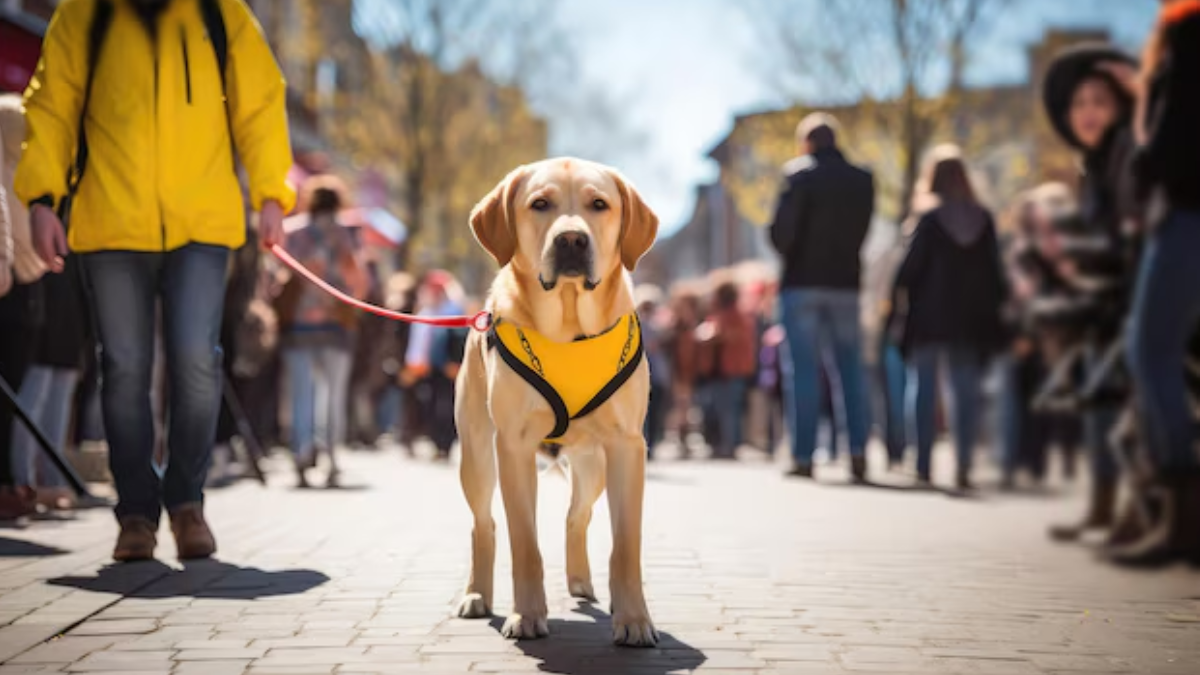
Managing Space and Comfort for All
When riding public transit with a dog, it is important to be considerate of other passengers and their space. It is recommended to keep the dog close to the owner and out of the aisle and to avoid taking up more than one seat. If the dog is large, it may be necessary to stand or move to a less crowded area of the train or bus.
It is also important to be aware of any allergies or fears that other passengers may have towards dogs. If a passenger expresses discomfort or concern, it is recommended to move to a different area of the train or bus to avoid any conflicts.
By following these guidelines, owners can ensure a safe and comfortable ride for both themselves and their furry companions, while also being considerate of other passengers.
Dog-Friendly Areas and Facilities
Identifying Dog-Friendly Spaces
When navigating crowded streets and public transit with your furry friend, it's important to know which areas are welcoming to dogs. Many cities have designated dog-friendly spaces, such as parks and beaches, where dogs are allowed to roam off-leash. These areas are usually marked with signs or symbols indicating that dogs are welcome.
In addition, some establishments, such as restaurants and cafes, allow dogs on their outdoor patios. These pet-friendly establishments often have signs or stickers on their windows indicating that dogs are welcome. It's important to note that not all outdoor spaces are dog-friendly, so always check for signs or ask before bringing your dog into an establishment.
Using Dog Parks and Pet-Friendly Establishments
Dog parks are a great way for dogs to socialize and get exercise. Many cities have public dog parks that are free to use, while others require a membership or fee. When using a dog park, it's important to follow the rules and regulations, such as picking up after your dog and keeping them under control at all times.
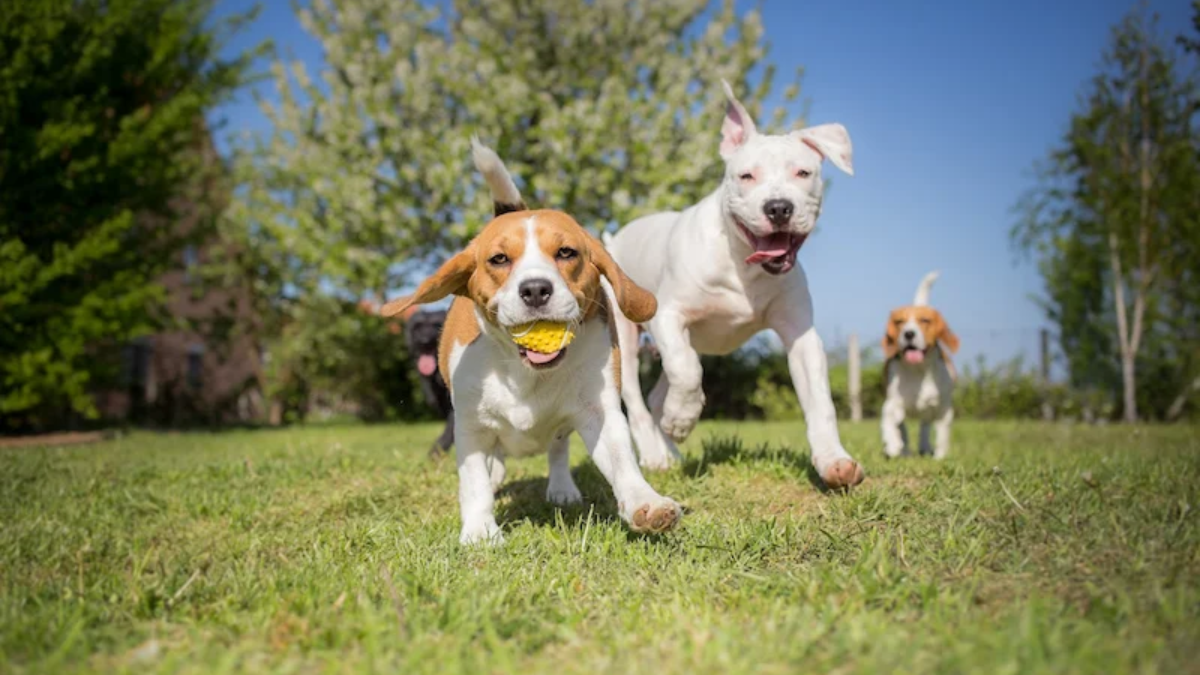
Pet-friendly establishments, such as hotels and vacation rentals, are also available for those traveling with their dogs. These establishments often have specific rules and regulations regarding pets, such as weight limits and additional fees. It's important to research and book these establishments in advance to ensure a comfortable stay for both you and your furry companion.
Overall, identifying dog-friendly spaces and utilizing pet-friendly establishments can make navigating crowded urban areas with your dog much easier and more enjoyable. Always remember to follow the rules and regulations to ensure a safe and comfortable experience for everyone involved.
Health and Safety Considerations
Preventing Overheating and Dehydration
Urban environments can be hot and crowded, which can lead to overheating and dehydration in dogs. Dog owners need to take precautions to ensure their furry friends stay cool and hydrated while navigating the city streets.
One way to prevent overheating is to avoid walking during the hottest times of the day, typically between 11 am and 3 pm. Instead, opt for early morning or late evening walks when the temperature is cooler. It's also important to bring water for your dog and offer it frequently, especially during long walks or when spending time in the sun. Consider investing in a collapsible water bowl for easy transport.
Navigating Traffic and Urban Hazards
City streets can be busy and unpredictable, with cars, bikes, and pedestrians all vying for space. Dog owners need to be aware of their surroundings and take steps to keep their dogs safe.
First and foremost, always keep your dog on a leash and under control. This not only ensures their safety but also prevents them from darting into traffic or causing a disturbance. Additionally, be aware of potential hazards such as broken glass, sharp objects, or toxic substances on the ground. If you notice any hazards, steer your dog away and report them to the appropriate authorities if necessary.
By taking these precautions, dog owners can ensure their furry friends stay safe and healthy while navigating the busy streets and public transit of urban environments.
Community and Legal Responsibilities

Local Leash Laws and Regulations
When it comes to urban dog etiquette, it is important to be aware of local leash laws and regulations. These laws are put in place to ensure the safety of both dogs and people in crowded public areas. It is important to always keep your dog on a leash and under control when in public spaces. This not only helps prevent accidents but also shows respect for others who may not feel comfortable around dogs.
Different cities and towns may have different leash laws and regulations. Some may require that dogs be kept on a leash at all times, while others may allow dogs to be off-leash in designated areas. It is important to research and abide by these laws to avoid any legal issues or fines.
Waste Disposal and Cleanliness
Another important aspect of urban dog etiquette is waste disposal and cleanliness. It is the responsibility of all dog owners to clean up after their pets and dispose of waste properly. Not only is leaving dog waste on the ground unsanitary and unpleasant for others, but it can also be a health hazard.
Most cities and towns have laws requiring dog owners to pick up after their pets and dispose of waste in designated areas. This often includes carrying a plastic bag or other waste disposal device while walking your dog. It is important to follow these laws and be respectful of public spaces by keeping them clean and free of dog waste.
By being aware of and abiding by local leash laws and regulations, as well as properly disposing of dog waste, dog owners can help create a more pleasant and safe environment for everyone in urban areas.
Conclusion:
In conclusion, mastering urban dog etiquette is essential for a harmonious experience navigating city streets with your canine companion. By following these tips, you can ensure both the safety and comfort of your dog and those around you. Remember to always keep your dog on a leash, not only for their safety but also to respect the space and comfort of others. Practice good waste management by promptly cleaning up after your dog and disposing of waste in designated bins. Be mindful of your dog's behavior and body language, and intervene promptly if they display signs of discomfort or aggression.
Additionally, respect public spaces and property by avoiding letting your dog roam freely or disturb other pedestrians, cyclists, or residents. Finally, consider investing in obedience training and socialization for your dog to ensure they are well-behaved and confident in various urban environments. By following these urban dog etiquette guidelines, you can enjoy exploring the city with your furry friend while promoting a positive and respectful relationship with your community.




